Our circular walk took us up the River Sgitheach, crossing east, near the A9, to come down the Allt Graad to the shore then west to return to the Kirk. The sun continued to shine until around mid-day when thick cloud developed with a light breeze but no ice!
Somehow our walk took over four hours and within that time we collected 57 species. We had excellent views of Great Spotted Woodpeckers, Treecreepers, Yellowhammers and a Shoveler. Curlew were present and it was a joy to hear their calls and count over 25 flying low along the coastline. Cormorants also were in large numbers feeding in the current.
We ended our gentle meander around 2:30 feeling that we had enjoyed pleasant company, a decent walk and watched some beautiful birds.
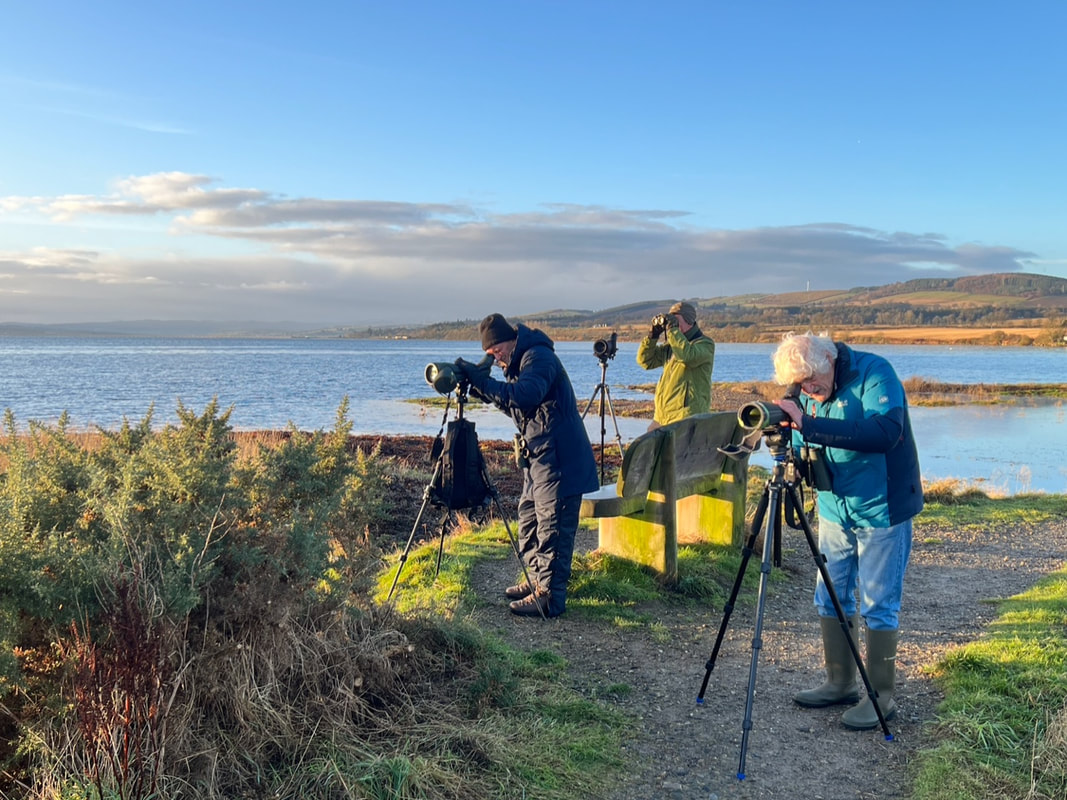
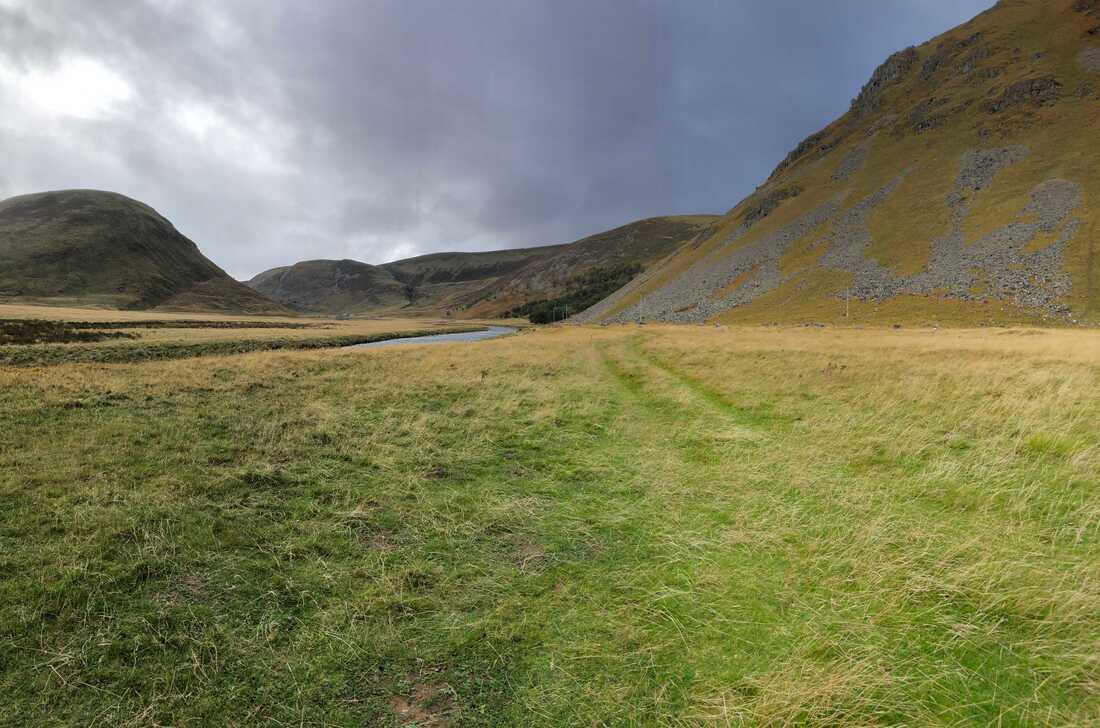
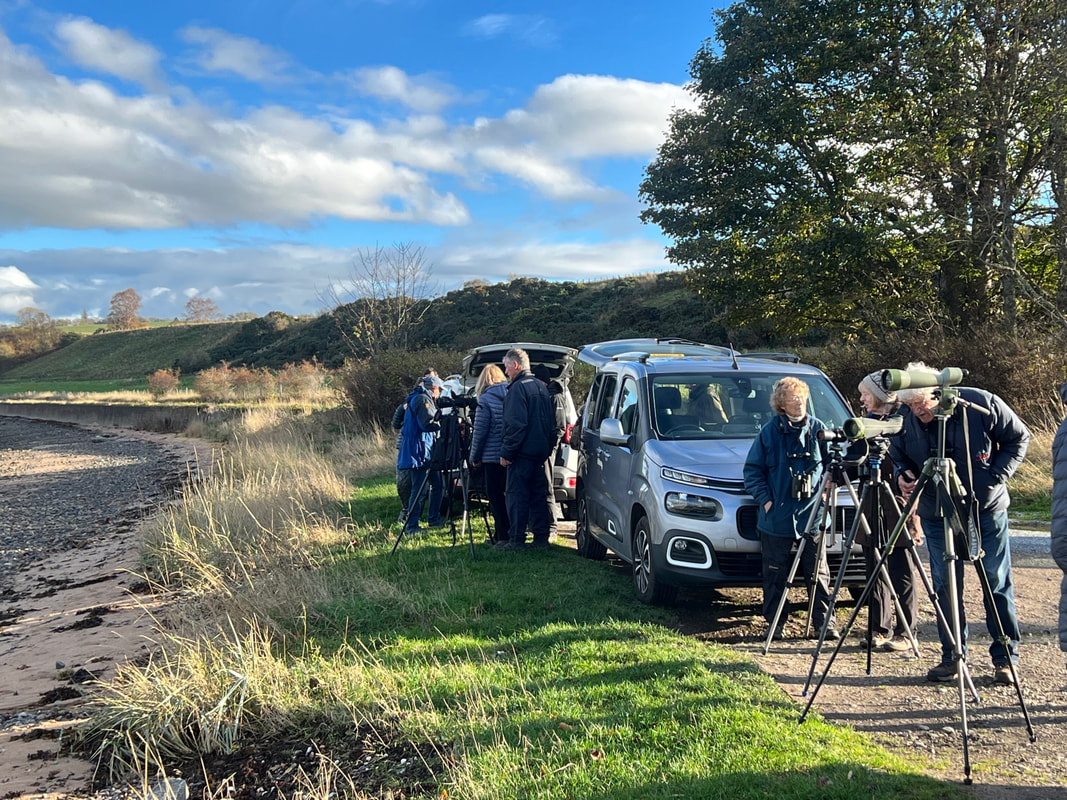
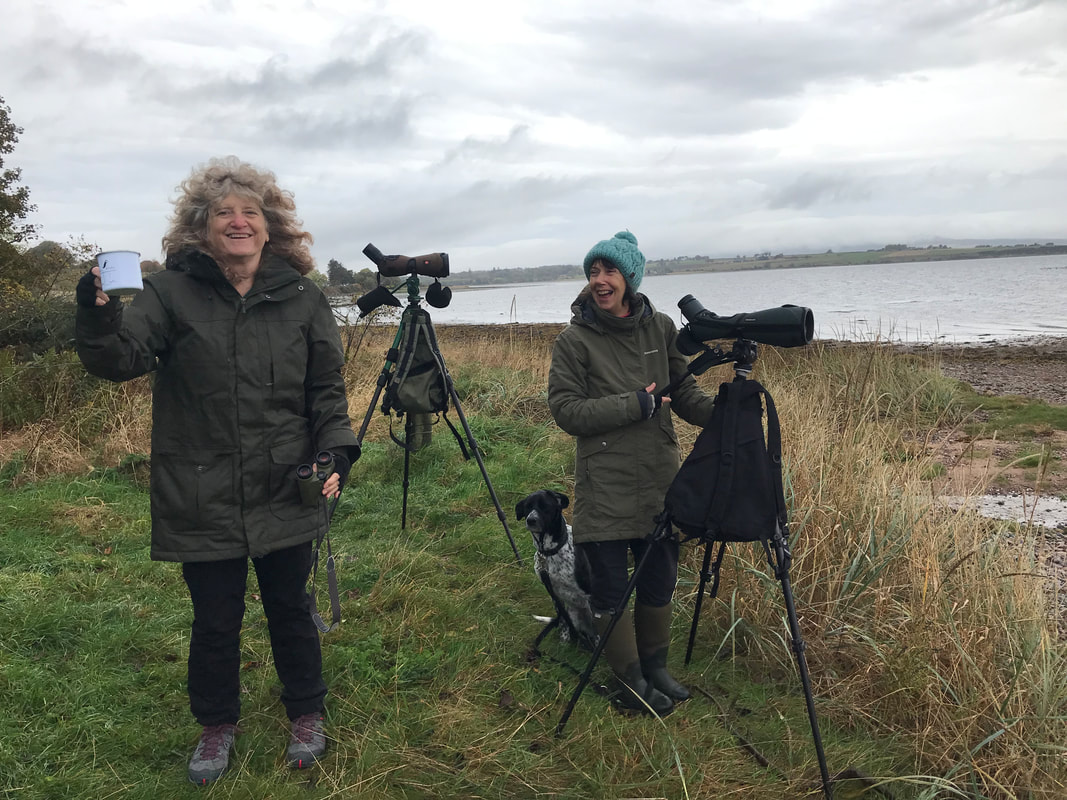
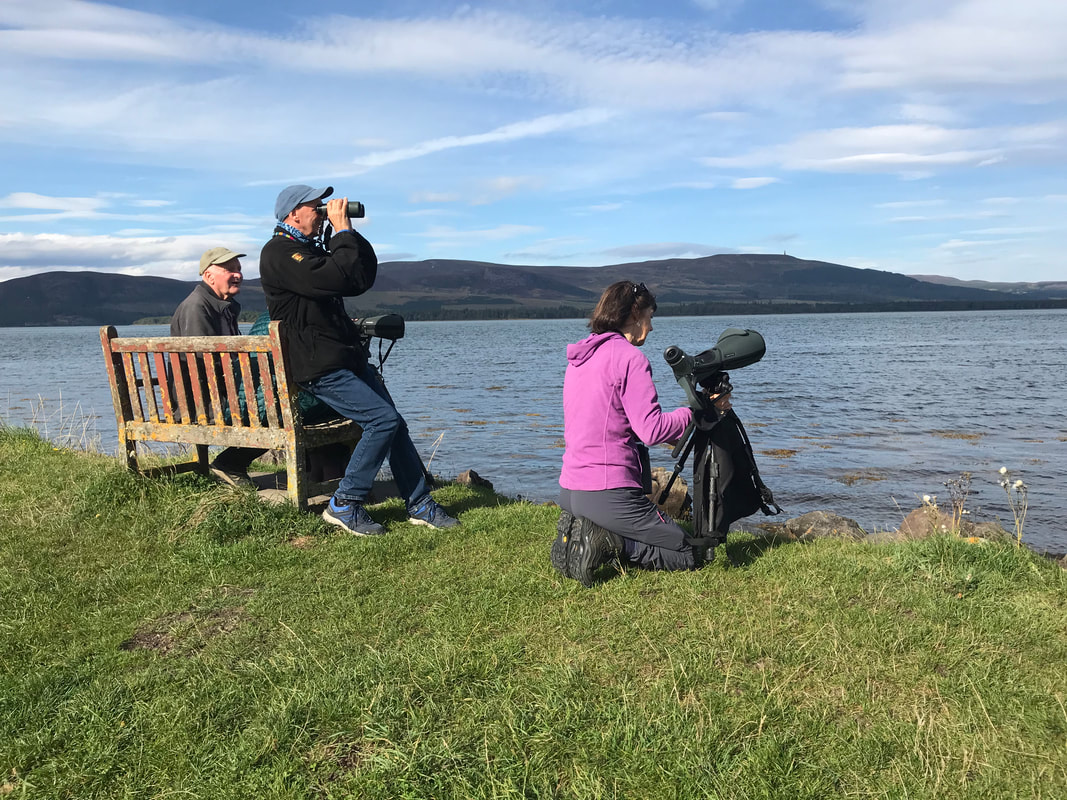

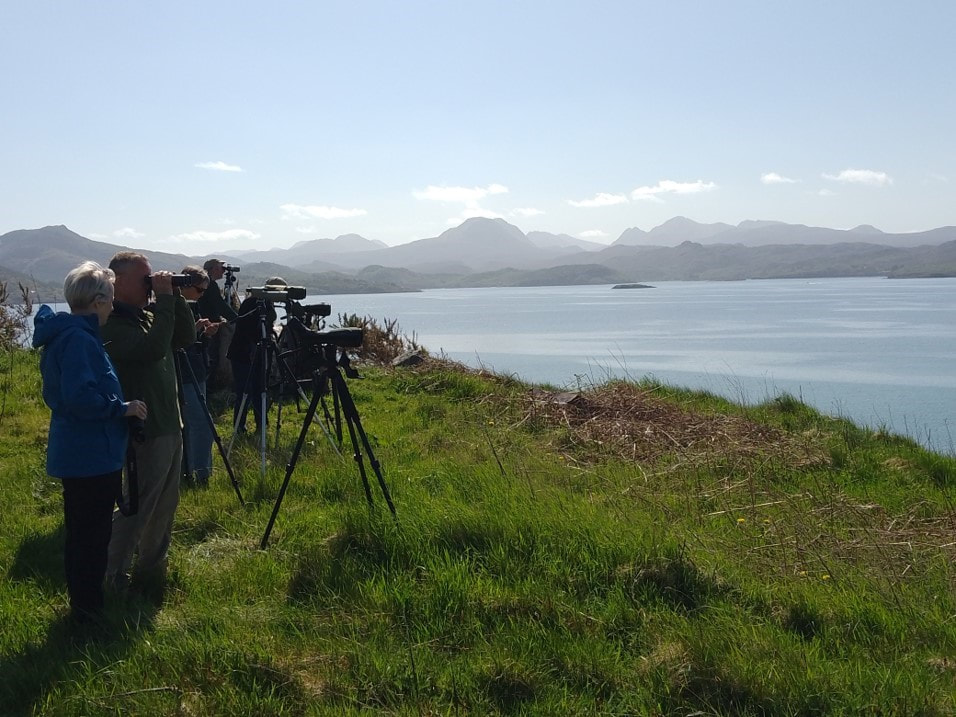
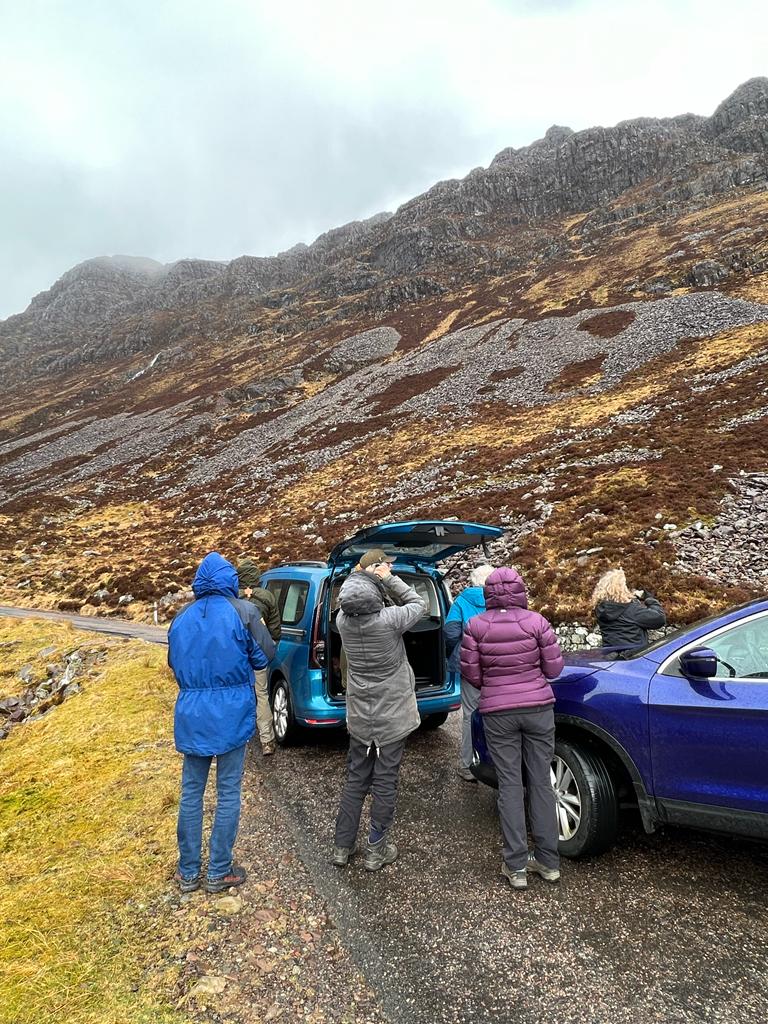
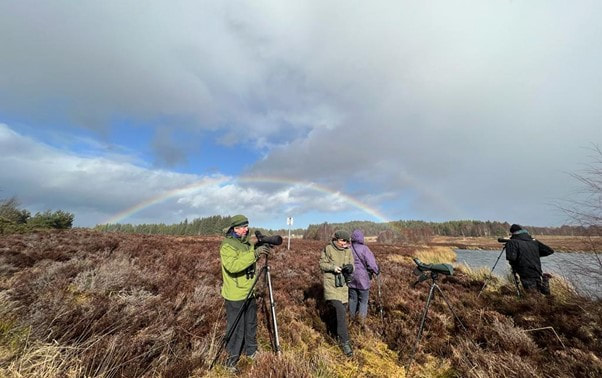
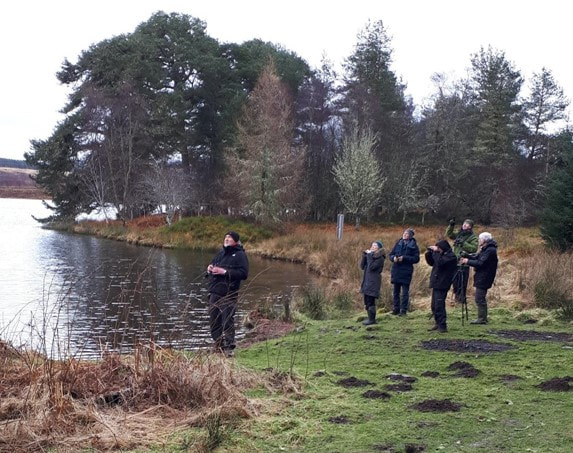
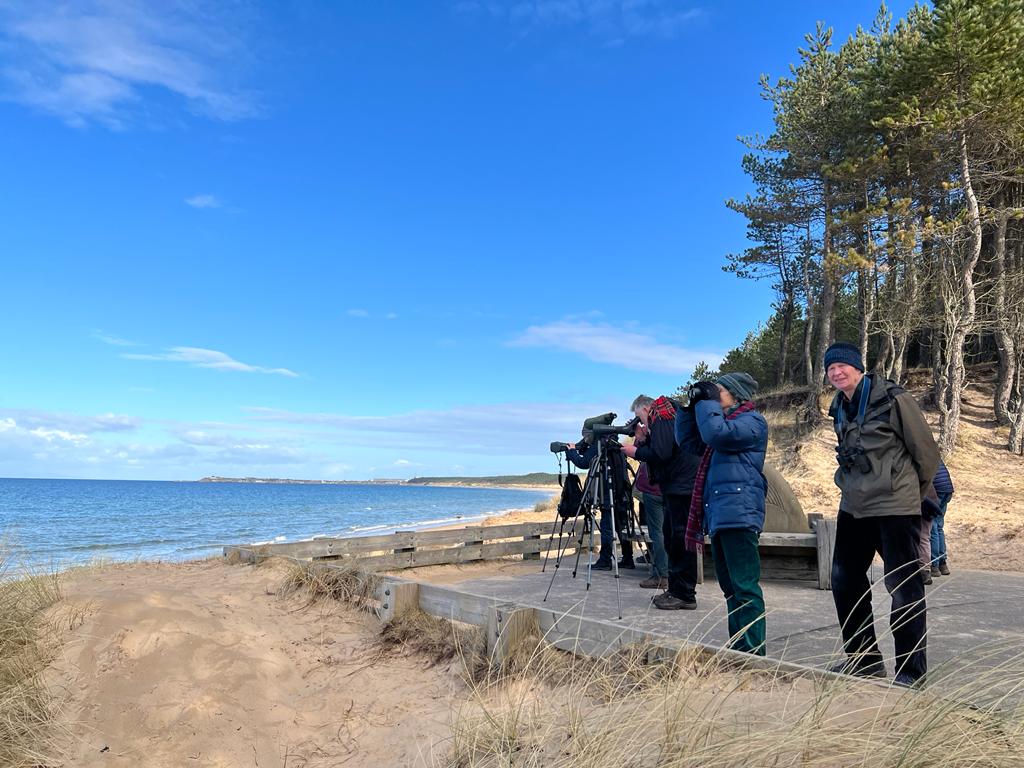
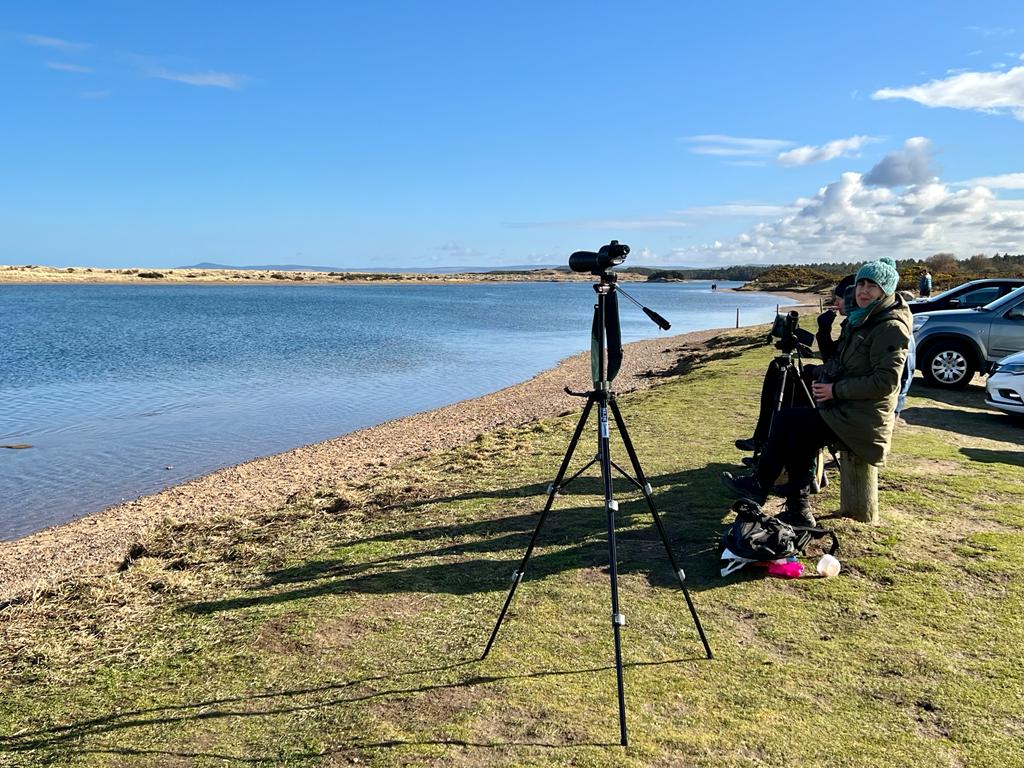
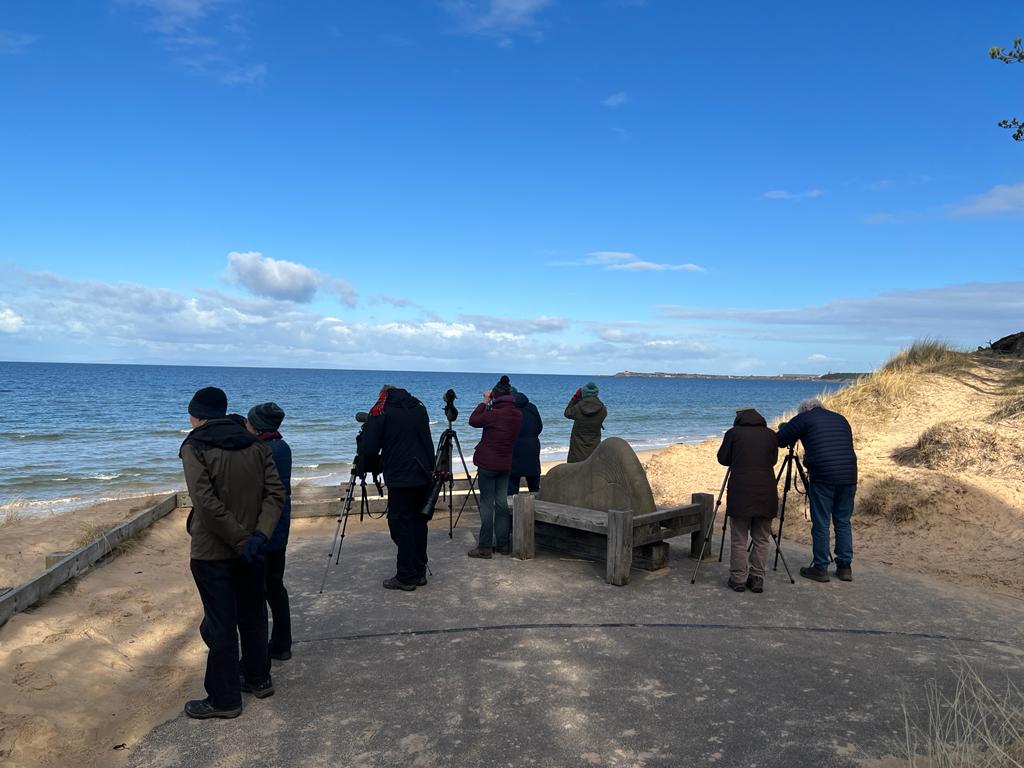
 RSS Feed
RSS Feed
